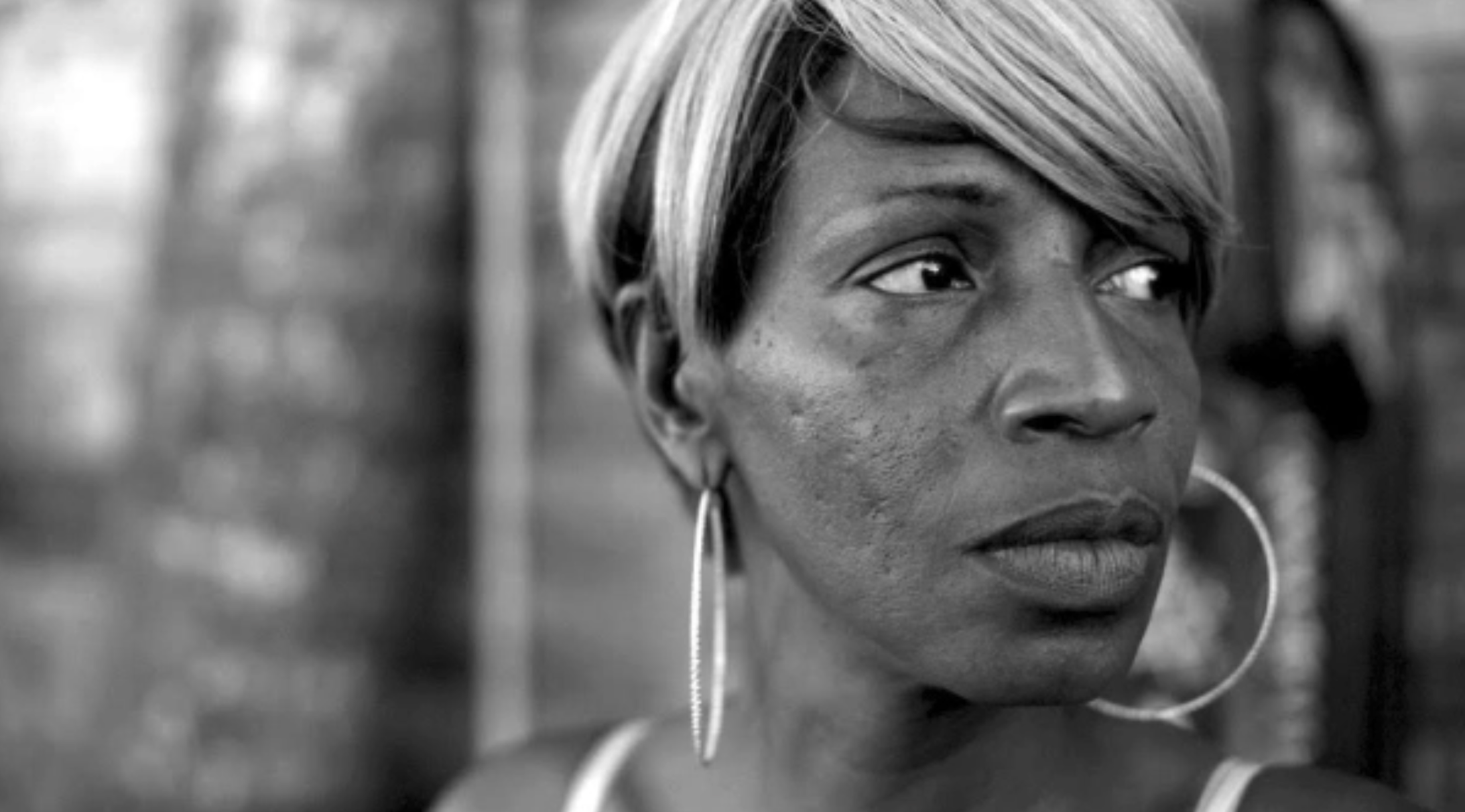What You Gonna Do When the World’s on Fire?
Director/ Roberto Minervini
Watched on Amazon
Rating 3.5/5
Roberto Minervini, an Italian filmmaker fascinated by an America that most of us never see in other documentaries, brings a cinema verité intimacy to What You Gonna Do When the World’s on Fire? An immersive, even casual snapshot of black lives in New Orleans and Jackson, Mississippi, the film is concerned with existence, and with how black people discuss and navigate the chances of their survival in a preternaturally racist country like the United States.
We are introduced, in media res, to two brothers, 14 and 9 years old, who are spending their summer days in a kind of Huck Finn idyll, playing hide-n-seek, taking walks, watching trains roll by. At home, their mother makes them constantly aware that the white world is coming for them. You can see the fear in her; a fear that white audiences will have trouble fathoming.
In the Mississippi sections, we gather with a small but committed chapter of the New Black Panthers, who protest a local man’s shooting and conduct a citizen’s investigation of a recent murder, the horrific (and so far, unsolved) decapitation of a Jackson black man. The group engages in forceful, eloquent discussions about enacting change in their community, but when they protest outside the local courthouse, few people pay attention and the cops, annoyed when the group simply doesn’t go away, resort to pepper spray, handcuffs and arrests.
We also meet the ostensible star of the film, Judy, who owns a bar but is having trouble paying the rent. She has risen from an abusive, drug-addicted past into a sober and challenging future. She is profane, honest, loving; a riveting character that holds Minervini’s gaze like an orator. In another world, she would be a fiery candidate for leadership, but here she is just trying to keep her head above water.
At times, the director’s approach can feel schematic, and the characters not so much rehearsed as coached. Nearly every conversation and action in the film, at least among the adults, revolves around questions of inequality and injustice, as if the director has assembled them for a scene rather than just happened upon it. Even though the film presents us with what seems like an observation of day-to-day lives, there is clearly an agenda going on. It’s just that Minervini goes about it with a method that eschews all of the normal social justice tropes. We are watching a distillation of the weight of oppression that grinds black lives into oblivion, not a full-bodied portrait, and he wants us to gain neither solace nor solution from what we see.
What we do see is presented in sharp and luminous black and white cinematography, the two colors that mark the charcters’ lives. His cameraman shoots at a focal length that blurs the backgrounds but etches each face with searing clarity. We are never more than a few feet from the characters, and also unaware of what surrounds them. The effect is both intense and claustrophobic. We are not allowed the relief of a wide shot. Minervini doesn’t seem interested in that kind of relief, not when the world, at least for these people in their place and time, is always on fire.

